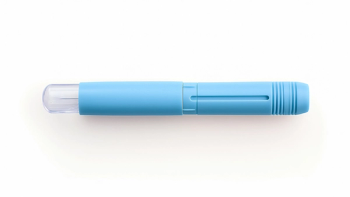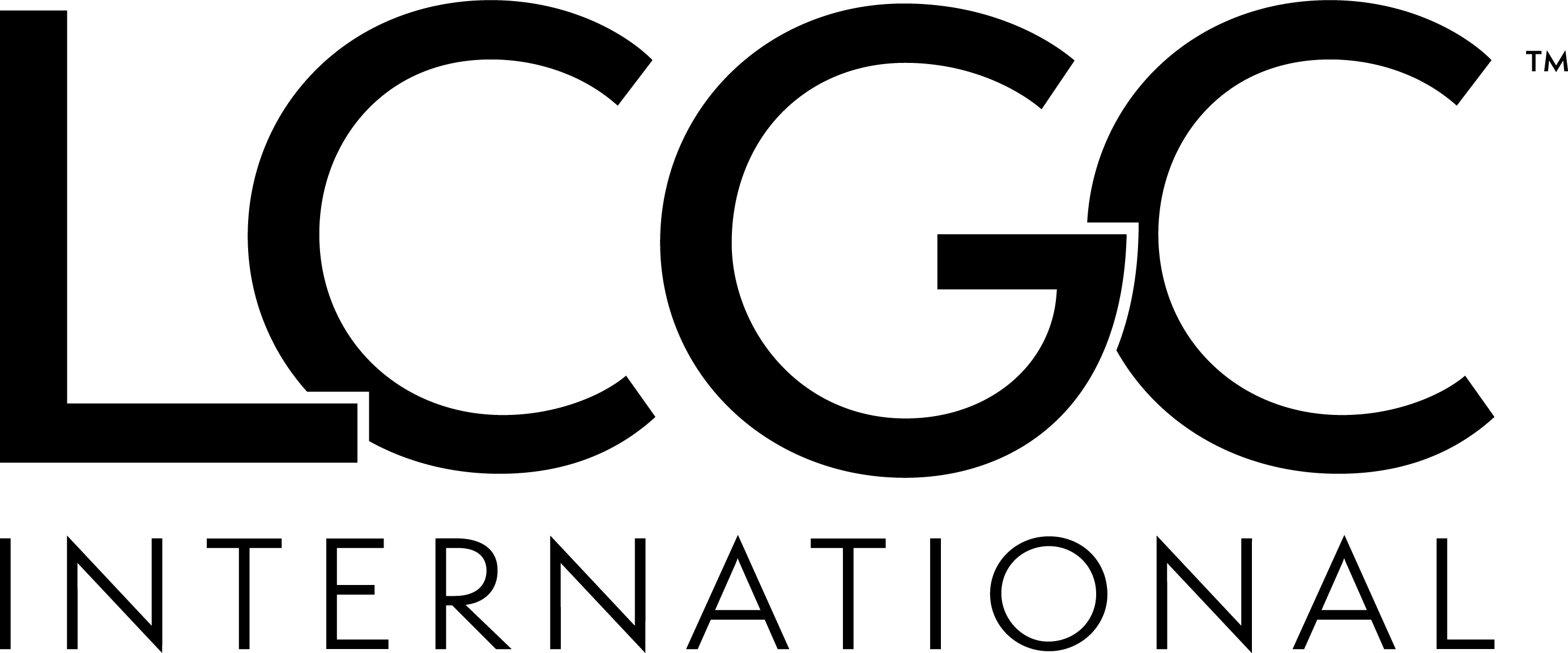
ICON Central Laboratories Expands its European Facility
Dublin, Ireland-December 14th, 2009
ICON plc has expanded its European Central Laboratory, located in South County Business Park, Dublin. The newly-designed 41,000 sq ft (3,800m²) facility, which is three times the size of the previous laboratory, provides centralized testing and site support services to clinical investigators in over 70 countries throughout Europe, Middle East, and Africa.
The new laboratory incorporates enhanced automation which is intended to enable reductions in turn-around time for sample testing and reporting, and according to the company, has quadrupled the laboratory’s sample management and storage capacity. In addition, the larger facility has enabled the introduction of new platforms to enhance ICON’s test menu in specialized areas including microbiology, molecular diagnostics, flow cytometry, endocrinology, and RIA. New laboratories have also been created in an effort to accommodate more specialized testing services in the areas of anatomic pathology, molecular diagnostics, and multiplex assays, which will be operational in early 2010.
“Efficient sample management and reporting, and providing an extensive test menu are key fundamentals of any laboratory,” commented Peter Gray, CEO at ICON plc. “The extra capacity in our Dublin laboratory enables ICON to extend our capabilities to support clients’ demands for more sophisticated testing.”
Newsletter
Stay current in clinical research with Applied Clinical Trials, providing expert insights, regulatory updates, and practical strategies for successful clinical trial design and execution.






.png)



.png)



.png)
.png)
